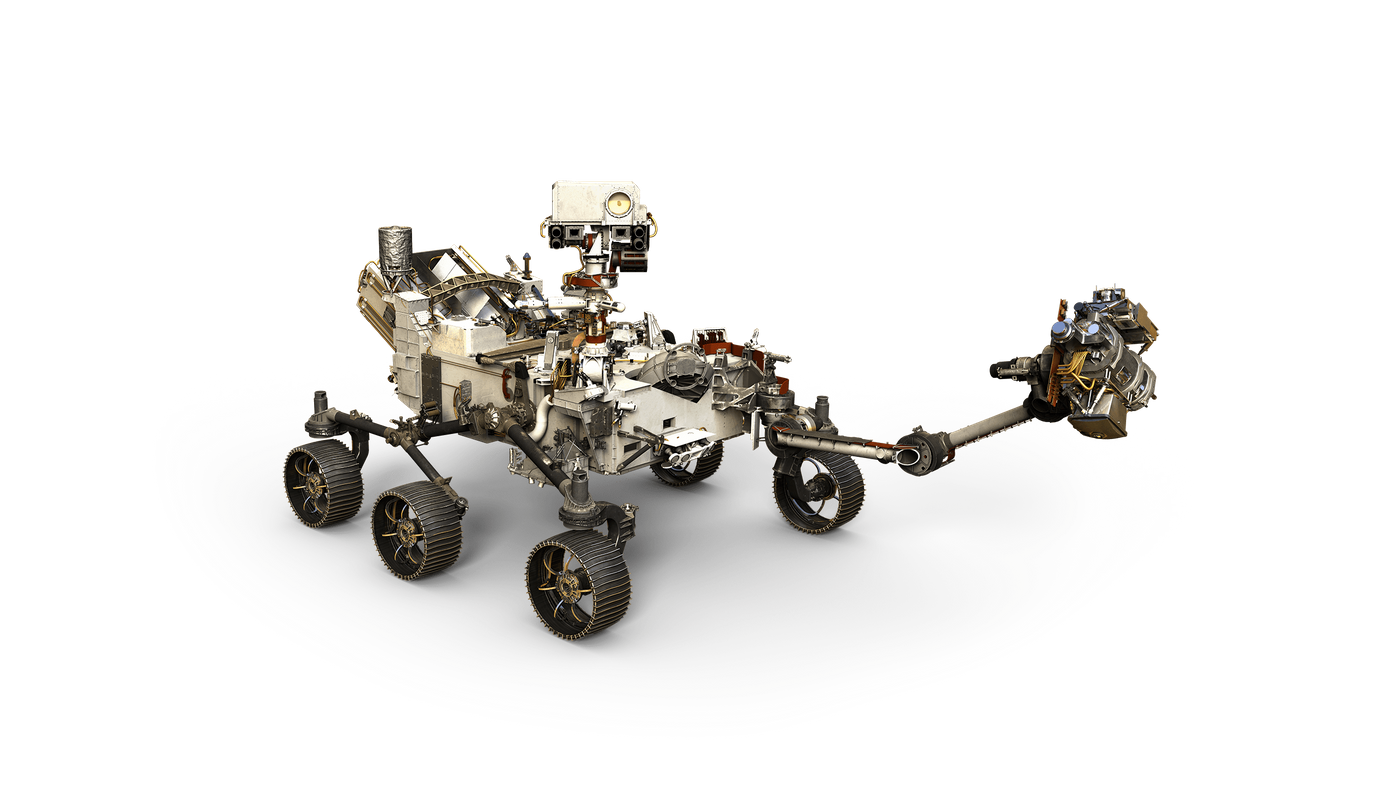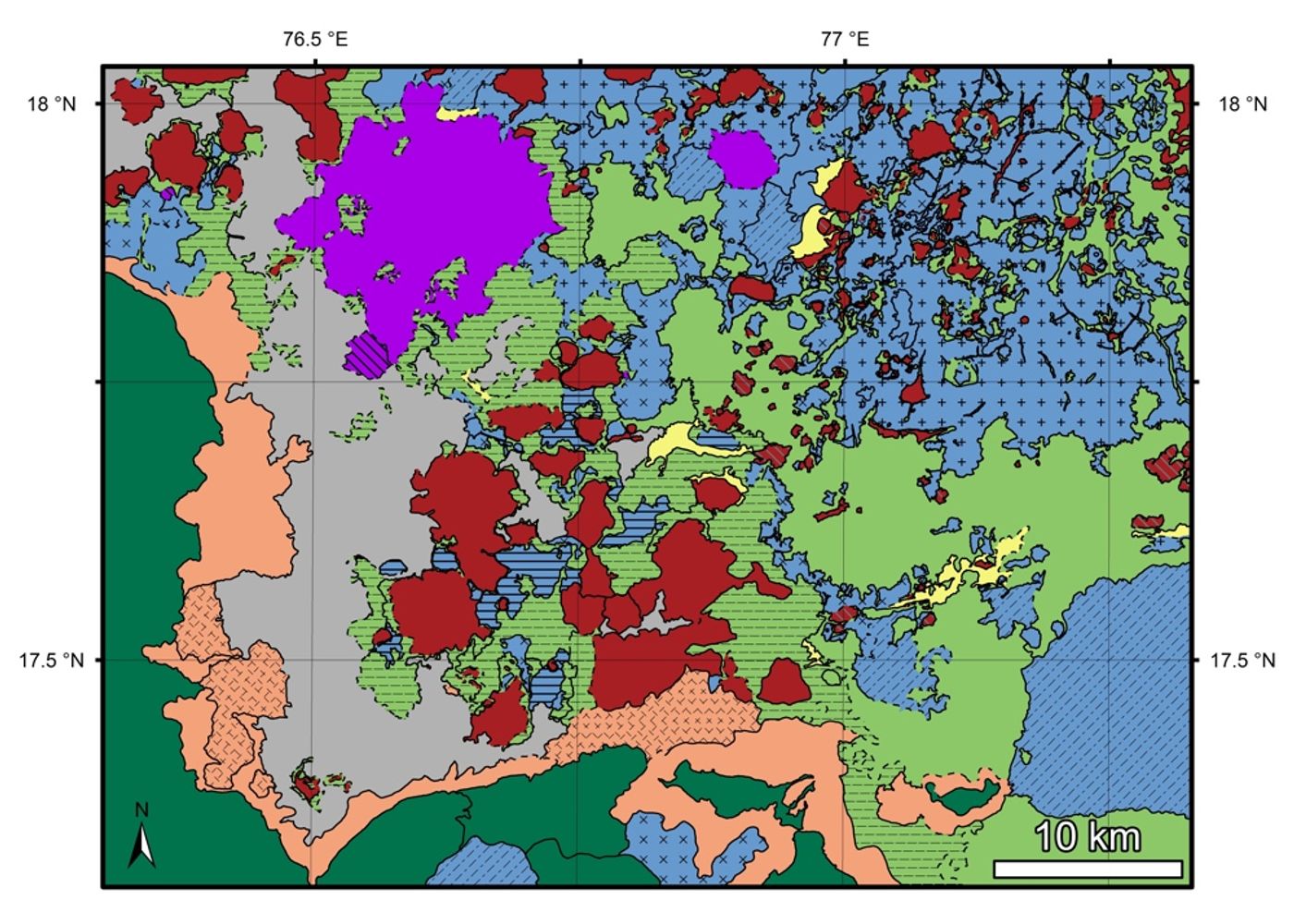Where Should We Land the Mars 2020 Rover?
The Mars 2020 mission will be one the most extensive searches for life on the red planet yet. It will be equipped with better sensors and more useful equipment that even Curiosity would get jealous of (if machines could get jealous).
Image Credit: NASA
As a result, experts are getting pretty hyped up about where they should land the Mars 2020 rover. While there are several possible points of interest, the Northeastern Syrtis Major region is getting a lot of attention from scholars because it’s high in mineral deposit count and because there’s a lot of history at the location.
If any parts of Mars were indeed ever habitable, perhaps the Northeastern Syrtis Major region has some clues. After all, the location is home to both a volcano and a very old impact crater, each of which have the potential to offer some very interesting clues about Mars’ puzzling history.
A new map of the Martian surface that was shared in the journal Icarus just last month details the region very closely, revealing parts of the area that are worth checking out.
Image Credit: Michael S. Bramble/Icarus
During times when the volcano would have exploded, it sent minerals from the deeper layers of Mars spewing to the surface. This will provide an excellent opportunity to learn more about what’s beneath the Martian surface since it’ll be too hard to dig into the surface, and the impact crater may reveal more about the rock that slammed into Mars in the distant past.
Collecting and examining mineral samples will be an important process in determining whether or not life could have or ever did exist on the red planet, because we can compare it to the mineral makeup of Earth and what makes our planet so special for the existence of life.
Importantly, the existence of several different kinds of clay at this region is really intriguing scientists, because for clay to exist, you need to have had water at some point. Clay rarely forms without the existence of water, and because scientists believe there’s evidence for flowing water on Mars, they have little doubt that water helped form the clay.
Investigating the clay and the areas where water is believed to have flowed at some point are critical if we’re to find any traces of life. Not only can the clay help us understand important chemical makeup qualities of the planet, but clay is also great at preserving things that may have existed there at an earlier date.
Related: Mars' Curosity rover takes a selfie after drilling at Buckskin
Because the Mars 2020 mission is scheduled to launch some time in 2020, there isn’t much time left to decide where we’re going to land. On the other hand, the new details surrounding the Northeastern Syrtis Major region make it a hotspot of interest, so it’ll surely be considered.
Source: California Academy of Sciences, Wired










